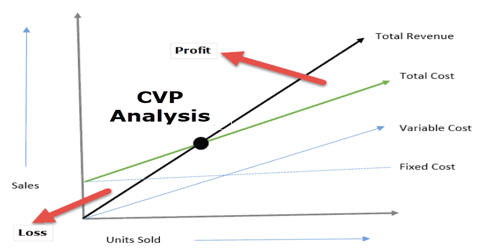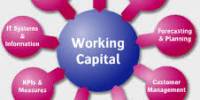Cost control is a technique that provides management with the information needed to determine whether actual costs are aligned with budgeted costs or not. It is a process in which we focus on total cost control through competitive analysis. It is a practice that aims to align the actual cost with the established norms.
Here are five cost control methods that allow a company to maintain and track its overall costs:
(1) Planning the budget properly
Budget management is one method of cost control that most businesses use when starting a new project. Setting aside enough time to create an accurate budget for new projects is critical because budgeting helps estimate costs, keep finances organized, and ensures cost variance is kept to a minimum. When budgeting, businesses consider all aspects of the project, such as how many employees are required for the project, how long it may take to complete, and how much material is required.
It’s critical to leave plenty of room in your budget for any unexpected costs. For example, some projects may end up taking longer than expected or requiring more material than anticipated, which is why it’s critical to budget for unexpected changes.
(2) Monitoring all expenses using checkpoints
Monitoring all project expenses is a common cost control method used by businesses to ensure that the budget is followed correctly. Businesses frequently have checkpoints that are analyzed on a regular basis throughout a project to ensure that team members are staying within budget and to determine if any changes need to be made, such as if team members request more time or material to complete the project. These checkpoints can be analyzed by professionals on a weekly to monthly basis.
Using these checkpoints, finance professionals can analyze the changes that are required and adjust the budget accordingly. Using this cost-cutting method allows for changes to be made that have a minor impact on the budget.
(3) Using change control systems
Change control systems are cost-cutting methods that take into account any changes that may have a significant impact on the budget. These changes can result from any issues that arise during the project or from significant delays that cause the project to miss the deadline, resulting in an increase in labor and material costs. Change control systems monitor all changes made to the project to ensure that professionals make budget adjustments. They also document changes and ensure that all changes are necessary for the project.
(4) Having time management
Time management is a cost-cutting strategy that involves meeting project deadlines in order to keep project costs low. When a project is delayed, the cost of the overall project’s expenses rises because they continue to use materials and employees to complete the project, lowering the project’s profitability.
(5) Tracking earned value
Earned value is a popular cost-cutting strategy among accountants. It is calculated by multiplying the percentage of work completed on a project by the budget at the time of completion. Earned value assists professionals in predicting the financial outcome of a project based on the project’s completion time, total expense, and overall cost.
(6) Identify Primary and Secondary Sourcing
Primary sources will fulfill the majority of your purchasing needs and should be chosen based on cost-effectiveness, quality, and speed of service. On occasion, one of your sources may begin to raise their prices, change their terms, or fail to meet your deadlines. Whether this is a one-time occurrence or a recurring stumbling block, it is critical to have a backup plan in place. With secondary sources already defined, your team will know exactly who to contact in these situations. This saves you from having to find a new supplier at the last minute, and it has a minimal impact on your schedule, making everything run much more smoothly.
















